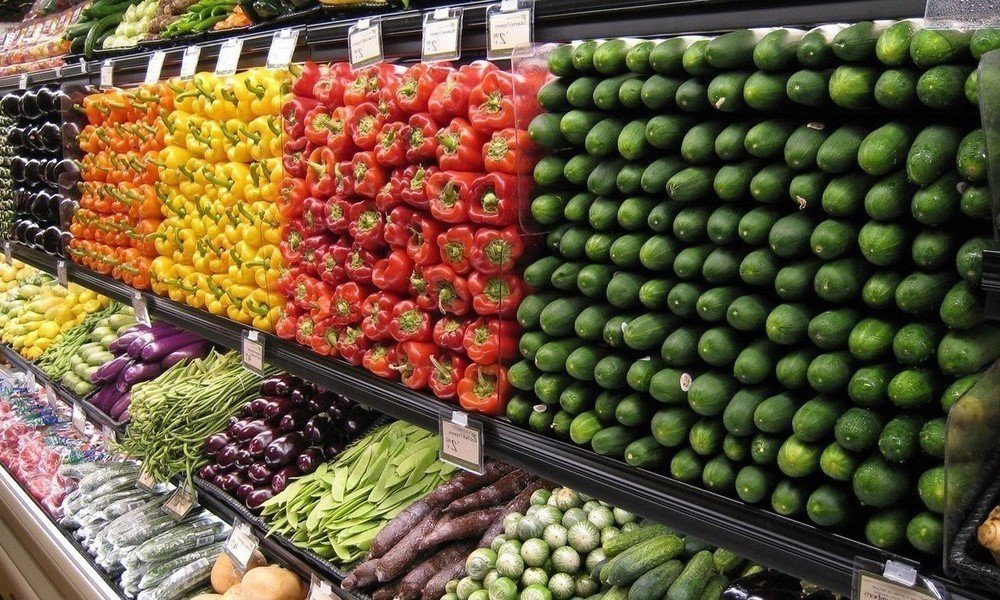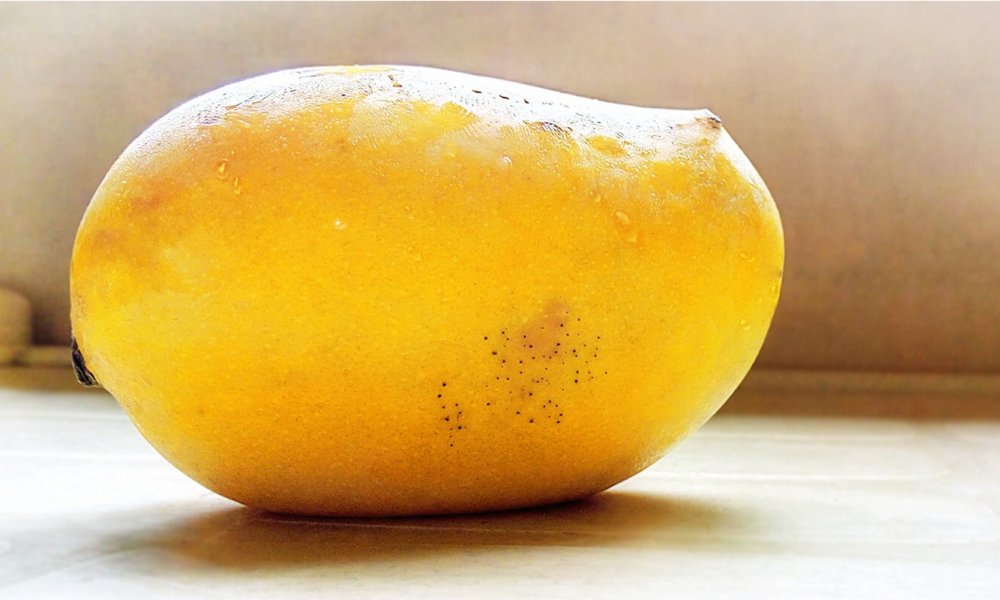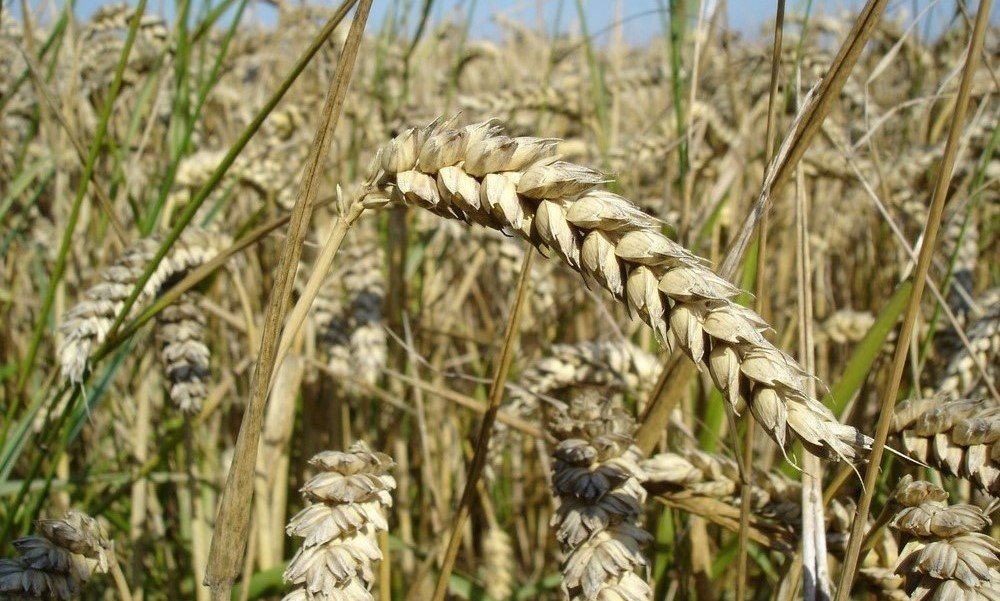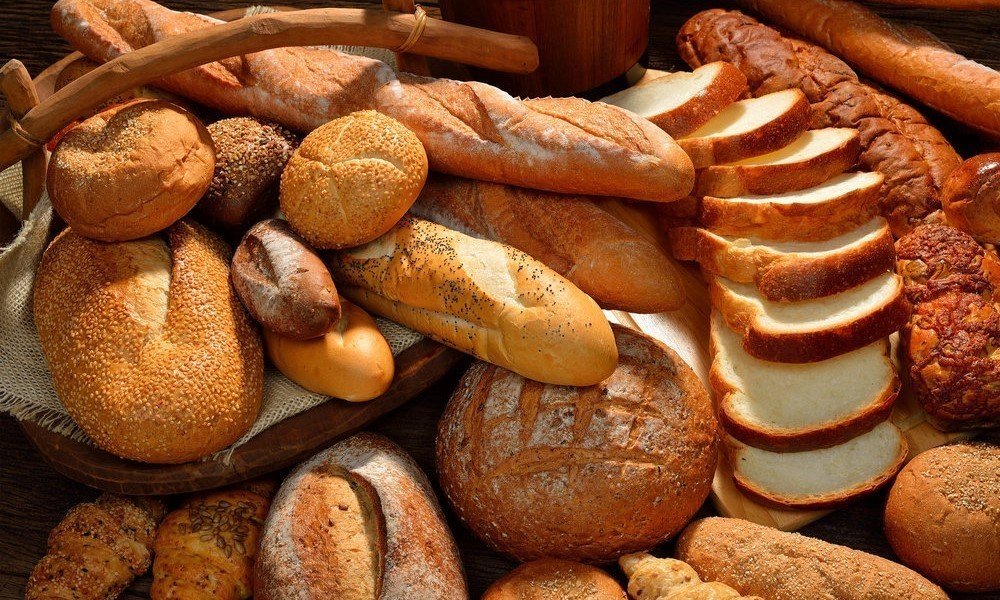Bread has been around for many millennia and is a staple food across the world, with records of its existence dating back as far as 30,000 years ago. Ask any historian and they would tell you that the importance of bread in the formation of early human societies cannot be overstated.
The first bread ever produced may have been an accident and was likely a cooked version of a grain-paste made from roasted/ground cereal grains and water. Although flour and leavening probably have pre-historic origins, Paleolithic origins, the earliest archaeological evidence of leavened bread is from ancient Egypt.
Cereals and bread became a staple food during the Neolithic some 10,000 years ago, when wheat and barley first became domesticated in the Middle East’s Fertile Crescent and wheat-based agriculture spread from Southwest Asia to most of the old world.
The gradual shift from hunter-gatherer to agricultural diets based mostly on a cereal staple such as wheat bread marked a critical turning point in human history. Cereal crops allowed agricultural societies to sustain much larger populations, leding to greater economic specialisation, social complexity and eventually the rise of civilizations.
It was the ancient Greeks that can be credited with turning bread-making into an art form, having been the first to us free-standing, font-loading ovens that could be pre-heated. They tested different baking processes and discovered many shapes, types, styles of bread.
Naturally, the Romans adopted the Greek oven, which they called the ‘Fornax’, made it a common appliance in most of their homes, and even named one of their gods after it.
Bread has since evolved into many forms and types and has even become a staple food in many regions where other cereals such as rice (East Asia), maize (the Americas) and sorghum (sub-Saharan Africa) have traditionally dominated.
It goes without saying that the bread of today is the product of centuries of experiments and innovations. For example, the uniform shape of your typical loaf was introduced not too long ago (relatively speaking) by the British, while sliced bread is generally believed to have been invented by German-American engineer Otto Frederick Rohwedder in 1928.
Interestingly, white bread was the preferred bread of the rich for generations, while the poor ate dark (whole grain) bread. However, the connotations reversed in the late 20th century, with whole grain bread becoming preferred as having superior nutritional value, while white bread is now associated with lower-class nutritional ignorance.
Advancements in technology have taken away most of the hard work of making bread, making them more abundant and affordable than ever. We are literally swimming gin bread!
That said, what is your favorite type of bread? Let us know in the comments below and stay tuned to FoodTribute for more articles like this one.


















